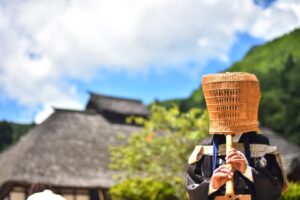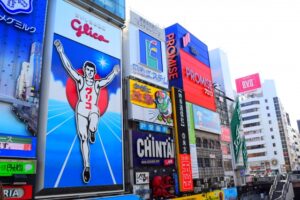A trip to Kyoto and Tokyo Asakusa to discover the charm of Kimono
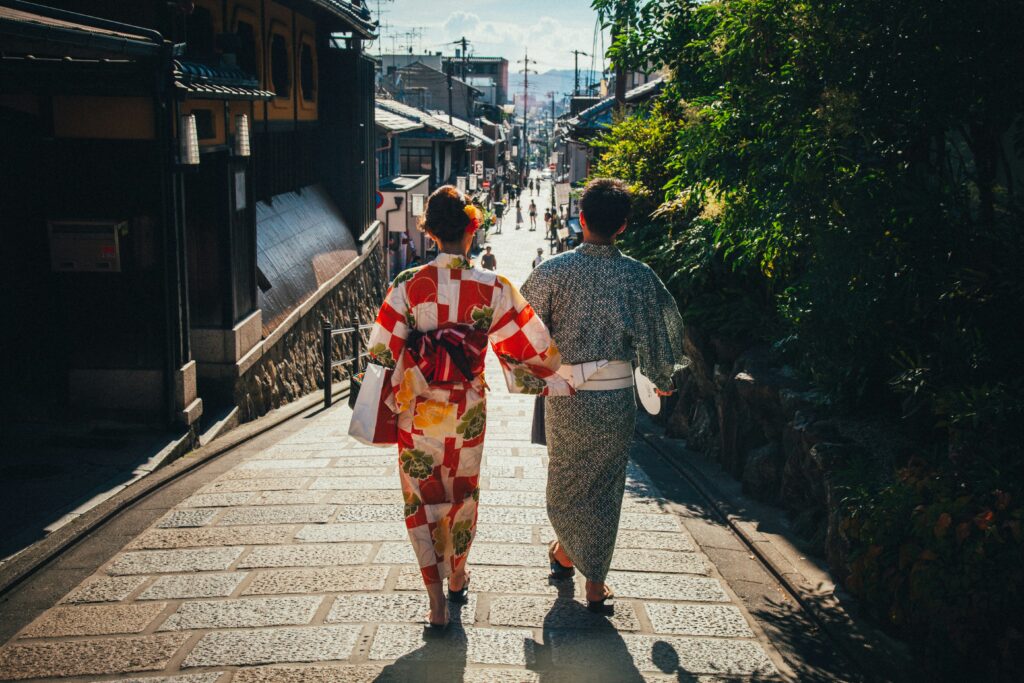
Hello, everyone!
In this article, I would like to focus on the "Kimono", where the beauty and history of Japan intersect, and I would like to share my own experiences on Kimono with you.
In Kyoto and Tokyo Asakusa, cities in Japan that have especially preserved their traditional culture, you too can wear a kimono and enjoy walking around town!
What is the history of kimono?
First of all, let us touch upon the history of the kimono.
Dating back to the Nara Period (around 710-794 AD), in kimono's early years it was simply clothing.
However, in the Heian period (around 794-1185 AD), the kimono was transformed into an artistic entity as aristocrats became increasingly aware of its aesthetic value.
Various types of kimono were created, such as "furisode", "tomesode", and "visiting kimono", which were chosen according to the season and event, and also came to symbolize status.
Types of Kimono
There are various types of traditional Japanese "kimono" still worn today, and their designs and uses vary with the seasons and events.
Below are some of the most common types of traditional kimono.
- Furisode
A kimono for young women worn for special events such as coming-of-age ceremonies and weddings.
Characterized by long sleeves and flashy patterns and colors, it is chosen for occasions that call for luxurious attire. - Tomesode
A kimono worn for formal occasions such as weddings and New Year's ceremonies.
It is called tomesode because of its long sleeves and luxurious decorations, and because a small pouch is fastened at the cuff. - Visiting Kimono (Houmon-gi)
A formal kimono for women worn when visiting friends and relatives for weddings, tea ceremonies, and other occasions.
It has gorgeous patterns and is valued as one of the formal attire. - Komon
A simple, small-patterned kimono used for everyday wear.
It is suitable for commuting and casual occasions. - Yukata
A yukata is lightweight kimono worn during the summer months to keep cool. It is made of cool fabrics,
They are popular at events such as fireworks displays and summer festivals, and feature bright colors and patterns.
These are representative of some of them, and many other types and variations exist.
Choosing the type and design of kimono according to the season and event is part of traditional Japanese culture.
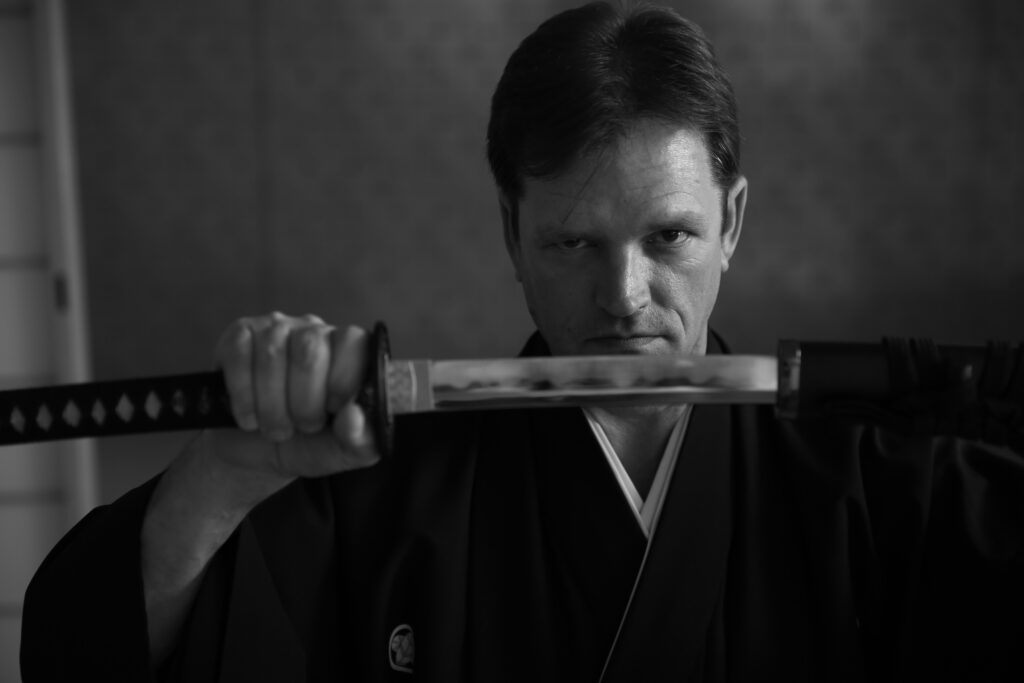
Kimono experience in Kyoto and Asakusa
Kyoto and Asakusa is a place where Japanese traditions and culture come alive.
Wearing a kimono in this beautiful cities is truly a special experience.
I used a kimono rental store and had the pleasure of choosing a kimono from a variety of traditional patterns and colors.
There are many different types of kimonos, some of which express the seasons.
They are decorated with patterns that imitate the beauty of nature, such as cherry blossoms, autumn leaves, and plum blossoms, and offer a different charm for each season.
I chose a furisode (long-sleeved kimono) with a cherry blossom pattern in spring, and felt the Japanese sense of beauty as the cherry blossoms danced gracefully in the air.
The moment you put on a kimono, you can feel a beauty that transcends time and space.
The kimono rental store we recommend in Kyoto and Asakusa is Rika Wafuku. (There is also a sister brand called Kano Wafuku in Asakusa)
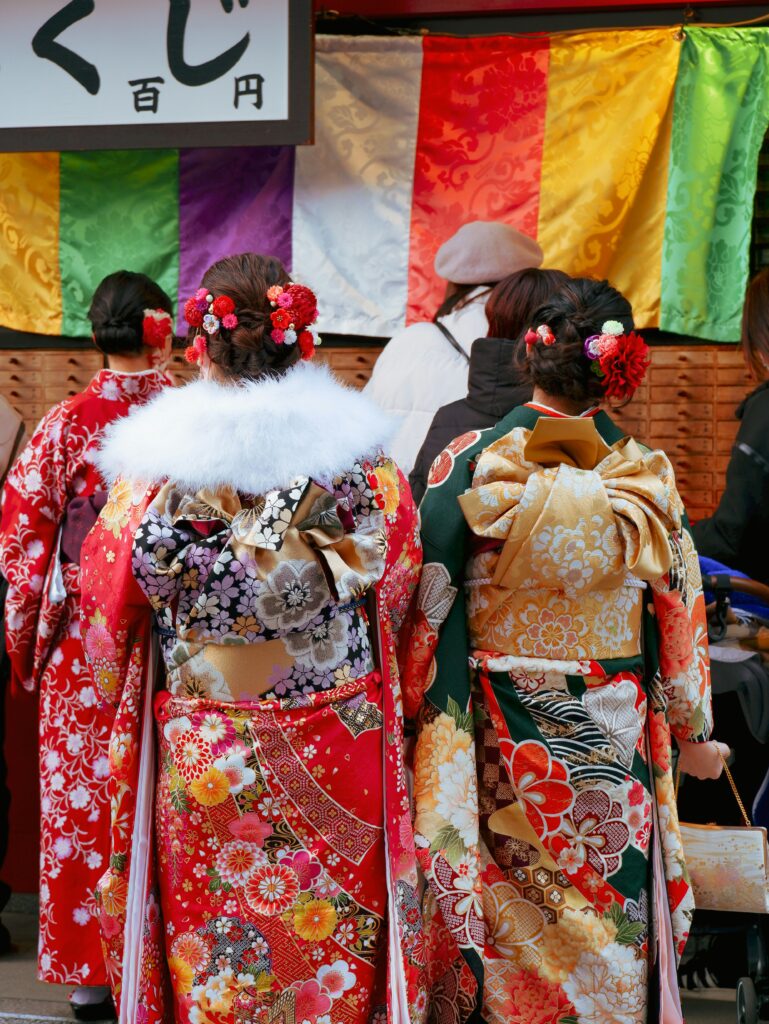
Kimono debut at Kyoto's famous places
Touring Kyoto's famous landmarks in kimono is like time travel.
Wearing kimono at Kiyomizu-dera temple, Kinkakuji temple, Arashiyama, and other historical and beautiful places was just like a painting.
The curious stares from passersby and the interaction with the locals made the trip even more special.
Enjoy Kyoto's night in Kimono
At night, the beauty of Kyoto takes on a new dimension.
By enjoying Kyoto at night while wearing a kimono, you can experience a moment when tradition and modernity are in perfect harmony.
At cafes and bars, you can enjoy delicious drinks in a modern Japanese atmosphere.
A trip to experience the depth of the kimono
The Japanese kimono is more than just a costume. It is a symbol of beauty woven by history, culture, and the seasons.
Learning about and experiencing the kimono is not only a way to experience Japanese tradition,
It is a special time created by the harmony between the sense of beauty and the scenery.
We hope that your trip with kimono will be a wonderful memory for you.
If you want to know more about the Japanese cultural experiences you can enjoy in Kyoto, please read this article, "Kyoto's recommended cultural experiences".
What are we?
We run Ninja Experience Cafe in Tokyo, Kyoto and Osaka, Japan.
Here you can immerse yourself in Japanese culture through experiencing ninja training.
Both adults and children are welcome to try their hand at defeating the ninja master inside the cafe.
The cafe is an indoor interactive zone, so it can be enjoyed even on rainy days.
If you are thinking "I want to be a real ninja too!” or interested in becoming a real ninja, please visit us.
Reservations can be made here.
Sources of this information
Ministry of Foreign Affairs of Japan "The history of Kimono"
Wikipedia "Kimono"
Unauthorized copying and replication of the contents of this site, text and images are strictly prohibited.

